Tackling Agricultural Emissions in the Greater Mekong
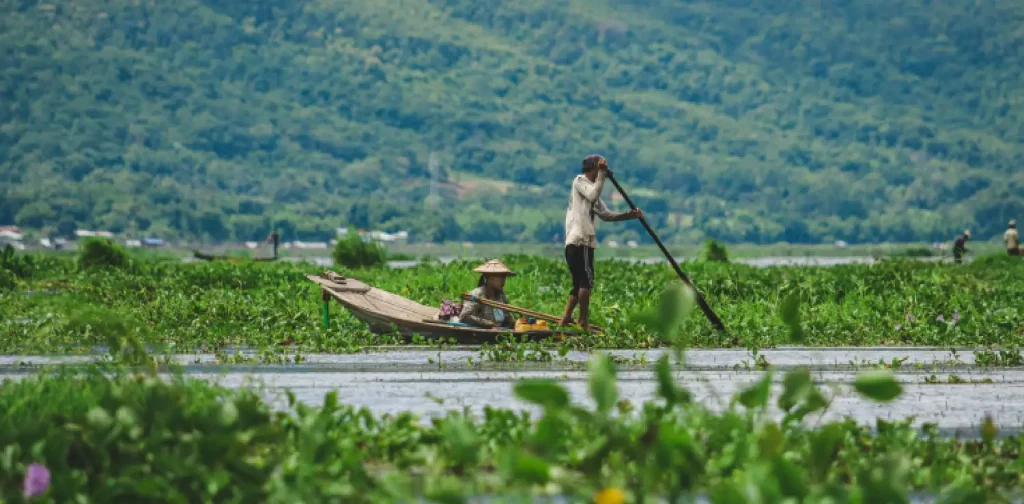
Photo by Zinko Hein on Unsplash
Agriculture is the world’s biggest food source. This cultivation of soil to grow crops and raise livestock animals is also a vital source of income for many, including those in the Greater Mekong subregion. At the same time, we need to address how the agriculture sector is a major contributor to greenhouse gas emissions. What are the barriers to tackling agricultural emissions in the Greater Mekong countries?
Greater Mekong, Agriculture, and Emissions
The Mekong River flows nearly 5,000 km from the Tibetan Plateau through six countries: China, Cambodia, Lao PDR, Myanmar, Thailand, and Vietnam. This river produces up to 25% of the global freshwater catch, making it the world’s largest inland fishery. The Mekong River is also home to the last population of the Irrawaddy dolphin.
Meanwhile, agriculture is important to the region as well. According to FAO data, the Greater Mekong countries produced about 40% of the world’s rice in 2021. The region’s agriculture activities also include animal husbandry and cultivation of major crops like cassava and sugar cane.
In 2020, the on-farm activities alone contribute 1-3% of global greenhouse gas emissions. The three primary sources were rice cultivation (25%), animal husbandry (23%), and synthetic fertilizer application (15%).
While the numbers are not massive, agricultural emissions from the Greater Mekong countries have not decreased in recent years. Instead, they are likely to increase in the future. Moreover, the majority of those emissions are methane and nitrous oxide, which have a significantly higher warming potential than CO2 in the long run.
Barriers to Low-Emission Agriculture Transformation
A brief published by the Stockholm Environment Institute (SEI) identifies several barriers the Greater Mekong countries face in transforming to low-emission agriculture:
- Millions of people in the region are food insecure, increasing pressure on local food production, especially agriculture.
- Some agricultural practices are rooted in local traditions and customs, making people less likely to try alternatives without the socio-cultural functions.
- Knowledge gap due to the lack of solid evidence on how low-emission innovations would affect the local condition. So far, existing evidence and case studies mainly come from the Global North and China.
- Many farmers lack the financial safety nets to experiment with new low-emission technologies and practices and risk harvest losses.
- Most farmers lack the capacity – from training and information – to adopt low-emission alternatives within their scale and budget.
- Structurally, most farmers in the region are smallholder farmers. With 70–80% of farms being less than 2 hectares in size, it is difficult to reach the scale required for most alternative innovations.
- In terms of policy, most governments in the region do not have enough ambitious, verifiable targets and detailed strategies to tackle agricultural emissions and transition toward a low-emission agriculture sector.
- Another policy barrier is the lack of dedicated support like grants and subsidies to encourage and incentivize low-emission alternatives in agriculture.
Tackling Agricultural Emissions in the Greater Mekong
There are some existing technologies, practices, and innovations that would support the transition toward low-emission agriculture in the Greater Mekong countries. However, the lack of robust policy and structural support prevents their adoption on a large scale.
The brief recommends bridging the knowledge gap by financing region-specific research that considers the local context, soil, plants, animals, and people of the Greater Mekong. It also suggests addressing the capacity gap through inclusive learning networks where people can share best practices and lessons learned among peers and across stakeholders.
Furthermore, governments could be more ambitious in their decarbonization targets. This ambition should come with increased economic support, such as directing tax breaks, subsidies, and grants to low-emission agriculture practices and away from emission-intensive sectors and practices. Another recommendation is to create inclusive financing mechanisms and safety nets so smallholder farmers in the Greater Mekong become more inclined to try new alternatives.
Collaboration for Progress
All in all, a transition toward a just, inclusive, low-emission agriculture sector is possible in the Greater Mekong countries. The efforts range from addressing the existing barriers and implementing strong policy frameworks to coming up with innovations and changing consumer behaviors. These strategies require collaborations across multi-disciplinary sectors and between governments, large businesses, smallholder farmers, and civil society.

Join Green Network Asia Membership
If you find this content useful, support Green Network Asia’s movement to create positive impact for people and the planet through public education and multi-stakeholder advocacy on sustainability-related issues and sustainable development. Get exclusive benefits for your personal and professional development.
Become a Member Now

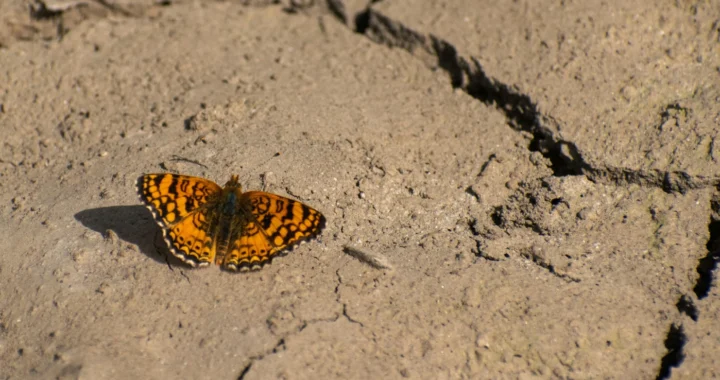 Exploring Biodiversity-Positive Incentives to Halt Biodiversity Loss
Exploring Biodiversity-Positive Incentives to Halt Biodiversity Loss  The Dirtbag Billionaire who Gave It All Away for Planet Earth
The Dirtbag Billionaire who Gave It All Away for Planet Earth  Singapore Passed OSRA Bill to Protect Victims of Cyberviolence
Singapore Passed OSRA Bill to Protect Victims of Cyberviolence 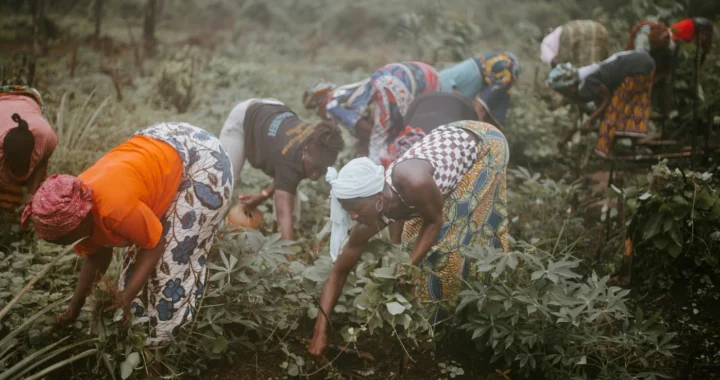 How The Great Green Wall Evolves to Embrace Indigenous Land Management
How The Great Green Wall Evolves to Embrace Indigenous Land Management 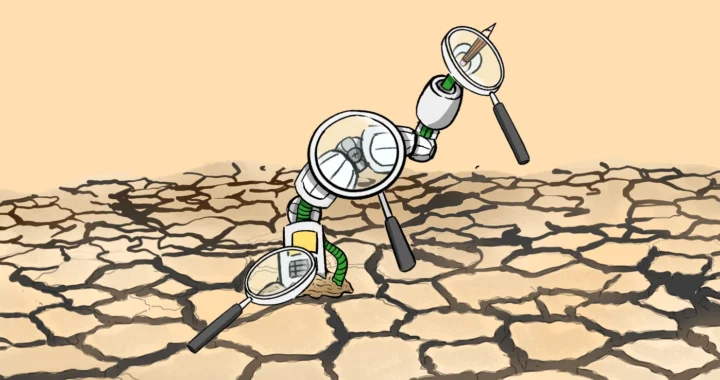 Intelligence with Integrity: The Case for a Carbon-Conscious AI Development
Intelligence with Integrity: The Case for a Carbon-Conscious AI Development 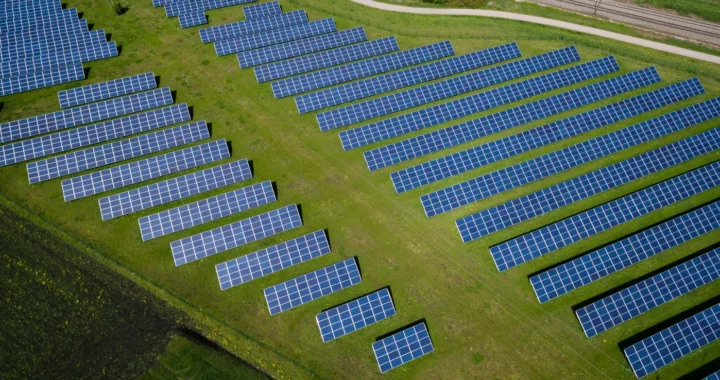 The Rise of Renewable Energy Overtakes Coal as Electricity Source
The Rise of Renewable Energy Overtakes Coal as Electricity Source